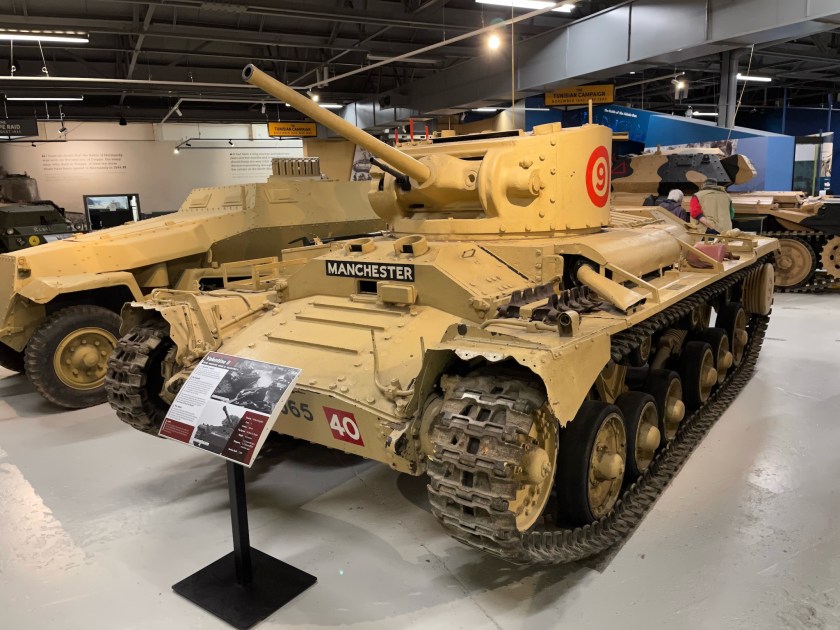This workshop is the main model from the Ork Mekboy Workshop boxed set. It is the only part of the kit that actually needs to be constructed, the barricades and scrap piles are single piece models.
All Mekboyz can perform battlefield repairs using no more than a weighty wrench-hammer, a sack of nails and a healthy dose of gumption, but most do their best work in the comfortably anarchic surrounds of their own workshop. Meks are more than capable of cobbling together a workspace from whatever is lying about, with rudimentary workshops springing up from battlefield wreckage even while the bullets are still flying.
I gave the model an undercoat, some parts were done with Corax White and other parts with Leadbelcher. I then started painting the parts of the workshop.
I used Snakebite Leather contrast paint on the workbench in the workshop, and then used Leadbelcher on the different tools on the workbench.
I finished painting the back wall of the workshop with Basilicanum Grey contrast paint.
I used Gorthor Brown on the insulation.
I also used Bronze and Gold Sharpie pens for some of the metallic aspects of the model.
See the workbench feature on the workshop.




















